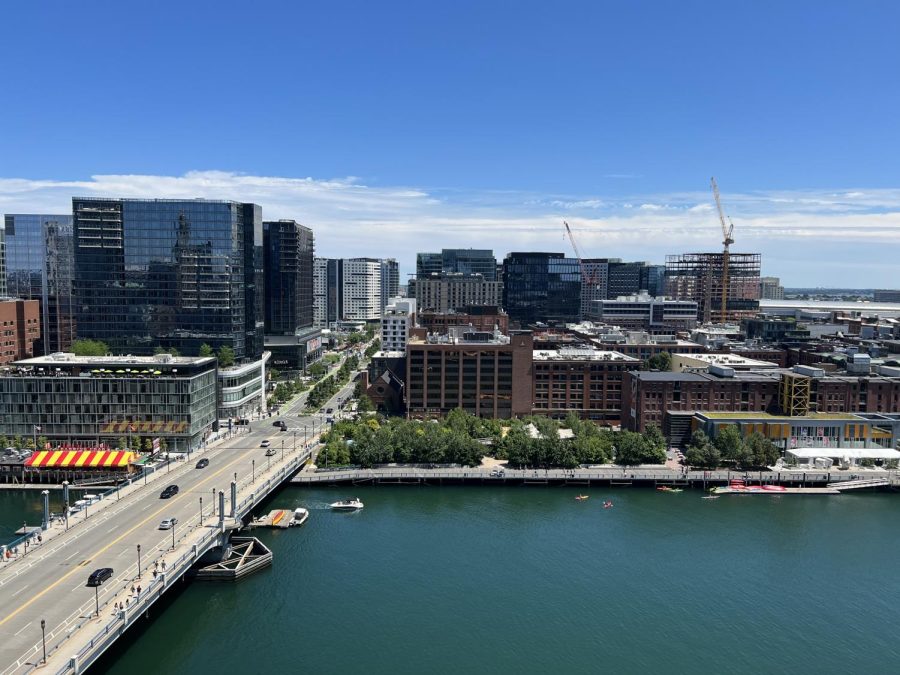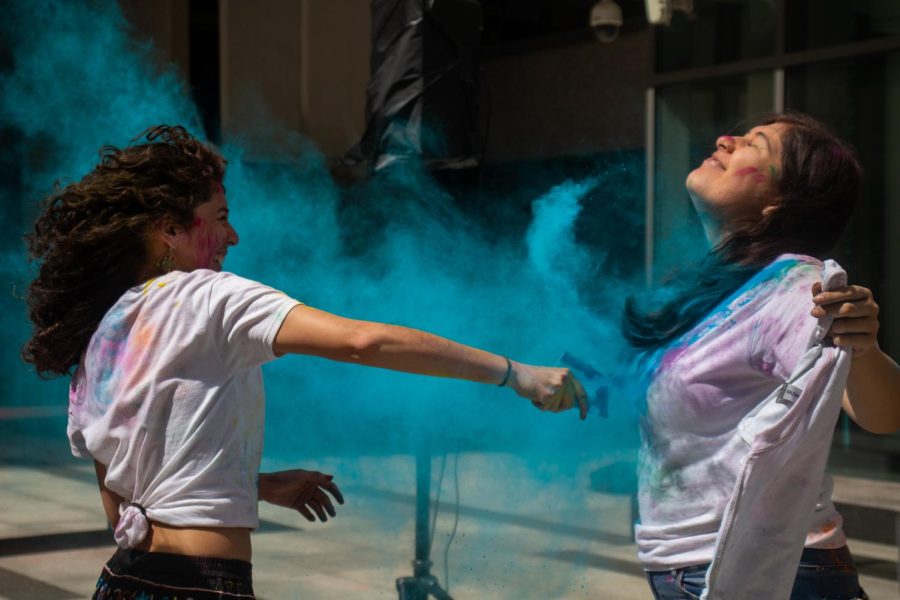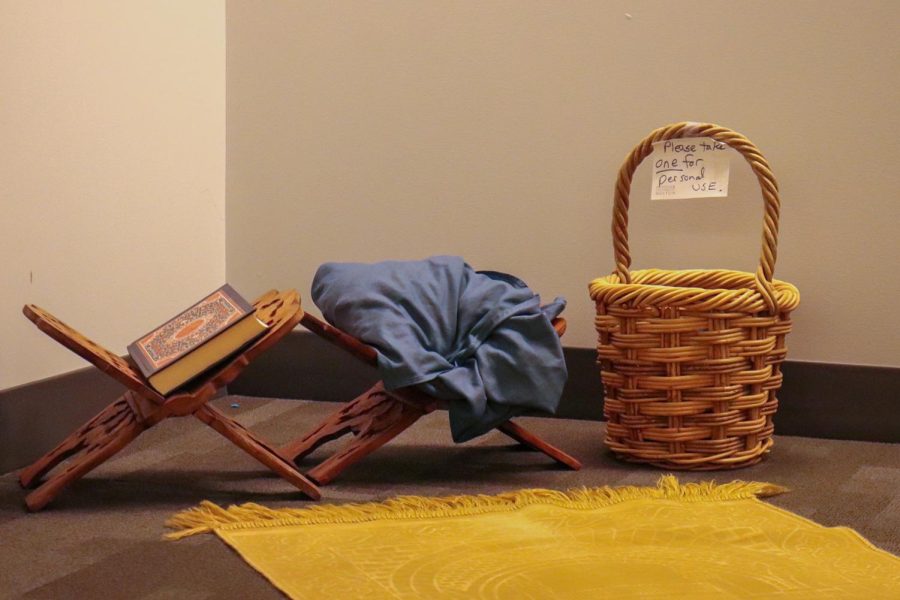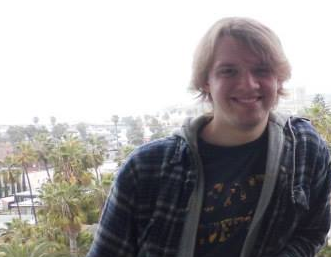For a couple of months, people around the world have woken up to news out of Ukraine almost every morning. The country is in a deep economic crisis and facing rampant and increasingly violent protests.
The general details aside, it seems that Americans are mostly confused about exactly what is going on in Ukraine. Unfortunately, the Western media has done an inadequate job of informing the public on the happenings there. Under the surface of economic hardship and protest lies a geopolitical struggle that is reminiscent of something that may have unfolded during the height of the Cold War in the 50s or 60s.
Ukraine currently stands at a fork in the road in its fledgling history as an independent nation. Since the fall of the Soviet Union 20 years ago, Ukraine has enjoyed trade agreements with Russia, receiving oil for a quarter to a third of European market prices. Nearly four million Ukrainians live and work in Russia, and Ukrainian manufacturing relies heavily on Russia exporting its produced goods.
“Ukraine’s industry and households relied on such discounts to survive in the long and arduous period of transition and socioeconomic dislocations,” Leon Rozmarin, Suffolk alumnus and part-time history lecturer, said in an article recently published on globalresearch.ca.
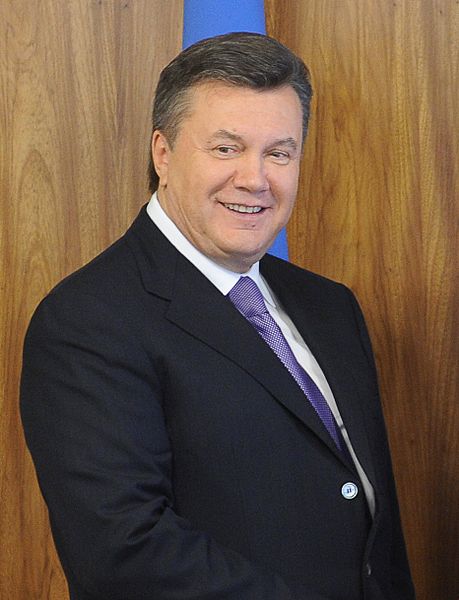
(Photo courtesy of Wikimedia Commons)
“As his country’s economy and finances entered yet another crisis, President [of Ukraine, Viktor] Yanukovitch has turned to both east and west. The most immediate and tangible response has come from Russia.” Rozmarin, a native of Odessa, Ukraine, goes on to compare the EU’s and Russia’s responses to Ukraine’s economic crisis. Even as Ukraine begins to explore economic options elsewhere, Russia continues to support its neighbor financially. Moscow responded to Ukraine’s most recent economic crisis by providing a three billion dollar bailout (most of which went towards pensions and social benefits). Russian energy corporation, Gazprom, has prepaid several years of oil transit to Ukraine, despite waning shipments over the last decade.
From the West came an offer of a 600 million Euro loan from the EU and a multi-billion package from the International Monetary Fund (IMF,) of which acceptance would require Ukraine to implement austerity measures like cutting social programs and laying off government workers.
Prior to accepting the bailout from Russia, Ukrainians and their economic situation were used by both Russia and the West for a game of geopolitical tug of war. Russia, trying to hold on to its slipping influence in its former satellite state, was pitted against the EU and NATO, both of whom would love an ally right on Russia’s southern border. Both of these parties were willing to let Ukraine’s economy crash and burn, if it meant buying them for the cheapest price.
Even now that Ukraine has accepted the aid package from Russia, problems and protests continue in Ukraine, and they are becoming more violent and polemic by the day. Another basic aspect of the situation largely overlooked by the Western media is the cultural and political demographics of Ukraine, which contributes greatly to the tensions in the country. The south and east has a large population of ethnic Russians, and politically is generally pro-Russia. This region of the country is also the center of industry for Ukraine.
Yanukovich himself is from the “pro-Russian” region of Ukraine, and rode his popularity there as a “pro-Russia” politician to the office of president. Finding himself stuck in an economic crisis and in the middle of geopolitical tug of war between two superpowers, Yanukovich has not taken a solid stance since coming into office. In an attempt to both appease the opposition and steal their thunder in Bismarckian fashion, he began a push for integration for the EU. However, he has been careful not to rock the boat too much for the comfort of his benefactors in Moscow and his constituency in the south and east of Ukraine. In trying to please everyone, it seems as though Yanukovich has put himself in an even tougher spot.
In the west of the country, the more radical and nationalist opposition groups enjoy support.
The Ukrainian opposition is split into three major parties: Batkivshina (Fatherland), Udar (lead by boxing champion, Vitali Klitschko), and Svoboda. Despite their shortcomings, (Batkivshina currently has two former leaders in jail on corruption charges,) the first two parties are generally docile and moderate. Though the smallest, Svoboda is the loudest and most radical, embracing fascist ideals and racism. And because they are loudest in opposition to the current government in Ukraine (which despite heavily “flirting” with the EU still has no major economic arrangements with the West), they enjoy the support of Washington.
“The ultra-nationalist west considers the S.S. Division, ‘Galitchina,’ which was made up of their ancestors, as heroes who need memorials and monuments. Their idol is Stepan Bandera, who killed thousands of Jews, Russians, and Poles during WWII in Nazi occupied territory,” Rozmarin told The Journal.
The current protests began when the government announced that they had decided not to sign the proposed economic agreement with the EU. Angered, pro-West and anti-Russian demonstrators took to the streets, storming Maidan square in Kiev, capturing government buildings, and building barricades.
“Shockingly – but expectedly – Polish, German, Latvian, EU, and American politicians came to the Maidan, got on stage, and made rather fiery speeches praising the crowds and criticizing the government, in front of the crowds who demanded resignation of the president. You have to understand that this is a major slap in the face of the leadership and is a glaring diplomatic rudeness… this is treating another country’s leadership as [garbage], to be talked at and ordered,” Rozmarin said.
More disturbing than the American disregard for a democratically elected government is the elements Washington has chosen to support against it. Svoboda members often carry pictures of Stepan Bandera at rallies. Bandera was a war criminal who took up the cause of the Holocaust in Ukraine, where about 1.5 million Jews were killed. Rozmarin describes the ultra-nationalist opposition as “armed, in masks, in armor, with Molotov cocktail and knifes – throwing out ‘heil Hitler’ salutes, wearing ‘beat the zhids’ (Ukrainian slur for Jew) t-shirts, and trying to attack anybody on the street who spoke Russian.”
The narrative is becoming tiresome; the Washington political machine supports a dangerous movement that goes against American ideals and general ideals of freedom and tolerance in order to achieve a petty geopolitical goal. It happened in Vietnam and Cambodia, and it backfired. It happened in Afghanistan, and it backfired. It happened in Iraq, and it backfired. Today, it is happening in Syria, where al-Qaeda linked extremists receiving help from American “allies” Saudi Arabia, Qatar, and Turkey (who are helped in the distribution of this aid by the CIA), are working vigorously to establish the first state-run by jihadists. And now, it seems to be happening in Ukraine.


